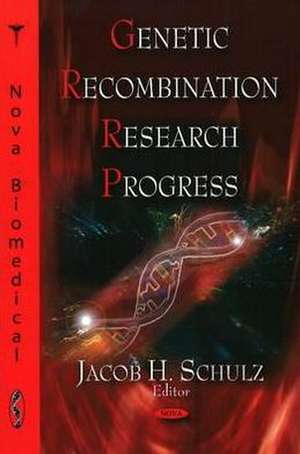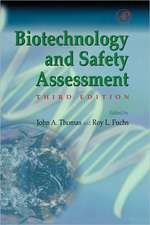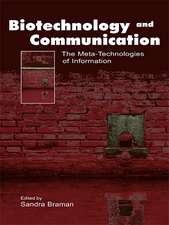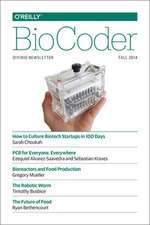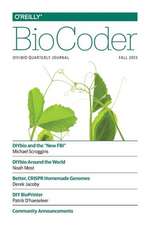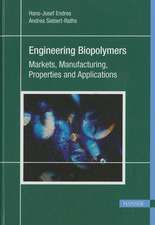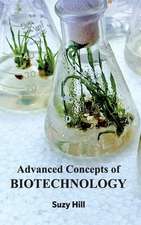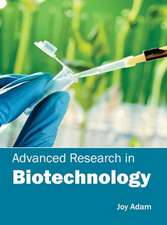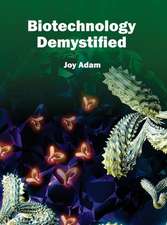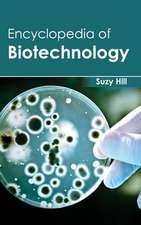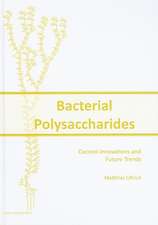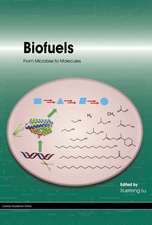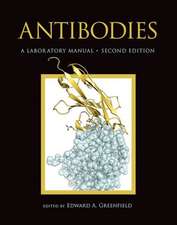Genetic Recombination Research Progress
Editat de Jacob H. Schulzen Limba Engleză Hardback – 31 iul 2008
Preț: 1118.30 lei
Preț vechi: 1524.97 lei
-27% Nou
Puncte Express: 1677
Preț estimativ în valută:
214.01€ • 232.39$ • 179.77£
214.01€ • 232.39$ • 179.77£
Carte disponibilă
Livrare economică 02-16 aprilie
Preluare comenzi: 021 569.72.76
Specificații
ISBN-13: 9781604564822
ISBN-10: 1604564822
Pagini: 385
Ilustrații: tables & charts
Dimensiuni: 189 x 261 x 30 mm
Greutate: 1.04 kg
Editura: Nova Science Publishers Inc
ISBN-10: 1604564822
Pagini: 385
Ilustrații: tables & charts
Dimensiuni: 189 x 261 x 30 mm
Greutate: 1.04 kg
Editura: Nova Science Publishers Inc
Cuprins
Preface; Application of Pseudotyped HIV-Based Vector to Mediate Gene Transfer in Human Skin; The Intertwining of DNA Damage Response Pathway Components and Homologous Recombination Repair; A Somewhat Subjective Introduction to Gene Mapping Through Nonparametric Linkage Analysis; The Fate of Phylogenetics in the Face of Lateral Gene Transfers; Intricacies of Integration; Phage Integrases for Mediating Genomic Integration and DNA Recombination; The Role of Recombination in the Post-genomic Era: Challenges and Perspectives; A model for the Chiasma Process Allowing Detection of Differing Location Distributions for Single and Multiple Chiasmata; The Fanconi Anemia Pathway: Directing DNA Replication-Associated Repair; Extent and Limits of Genetic Recombination since the Origin of Life; In Silico Genetic Recombination, an Advanced Biotechnology Tool in Molecular Biology; Gene Transfer in Human Skin with Different Pseudotyped HIV-based Vectors; Genomic DNA Rearrangement in Brain; Homologous Recombination and Innocuous Intron Elimination; Natural Genetic Recombination of Pathogens; Existence and Uniqueness of Positive Solutions of a Randomized Spruce Budworm Model; Index.
